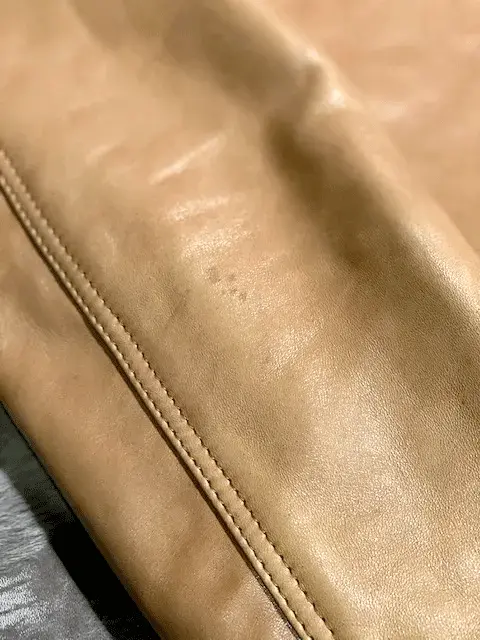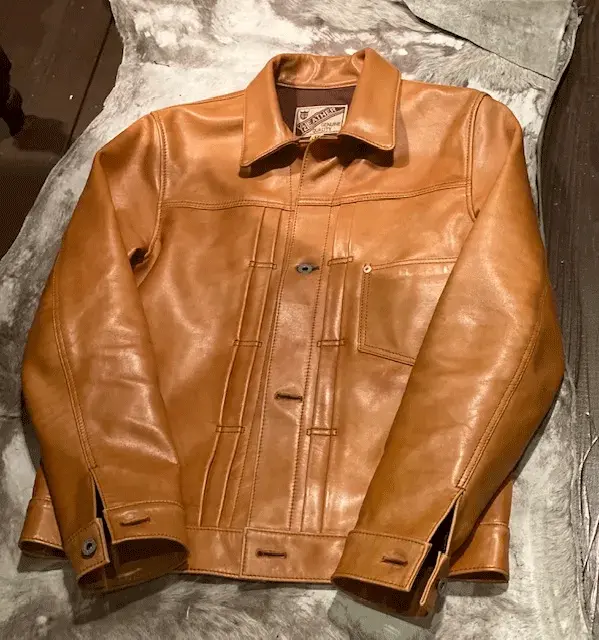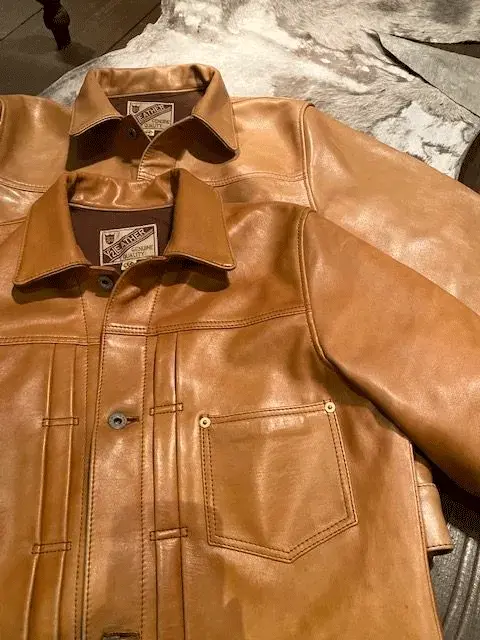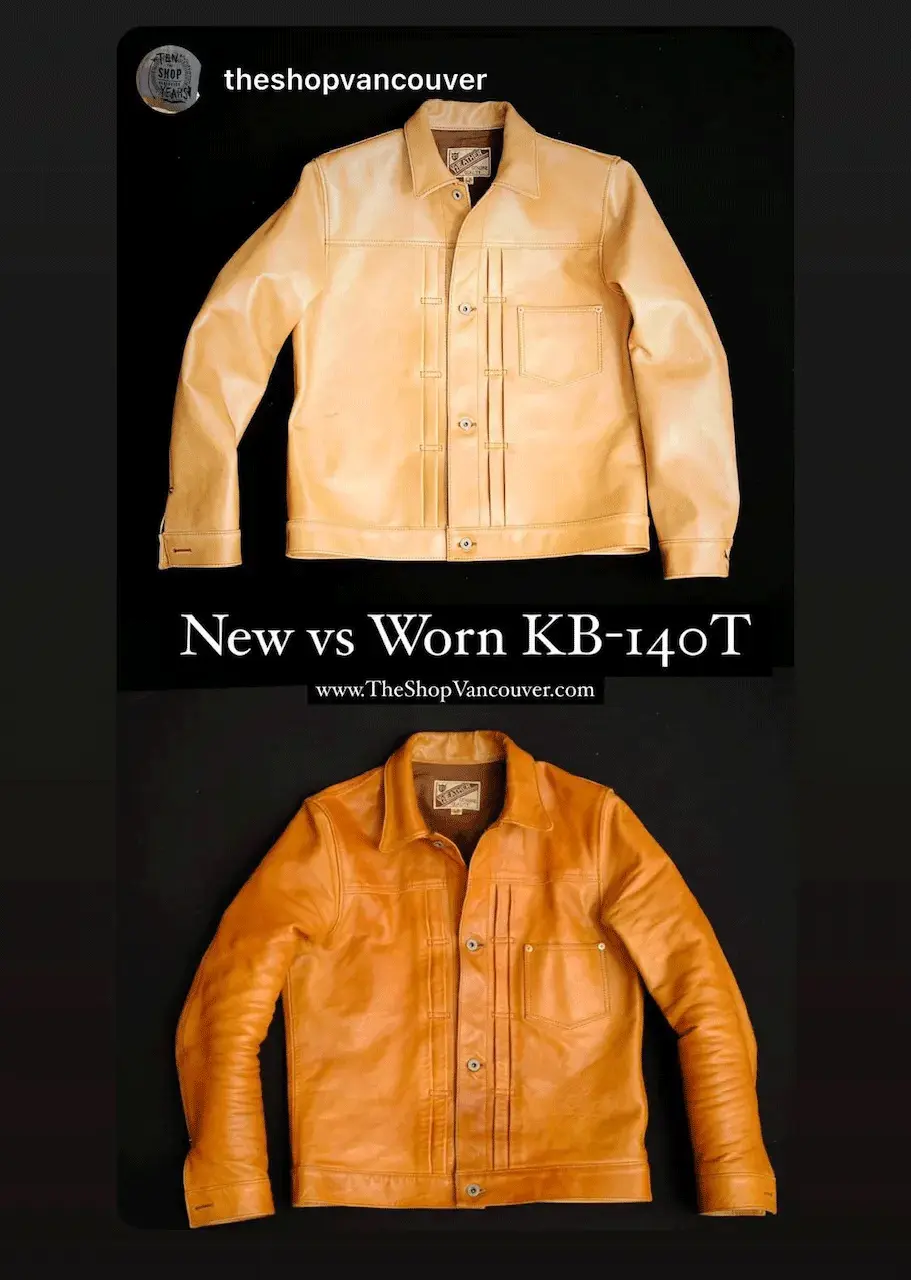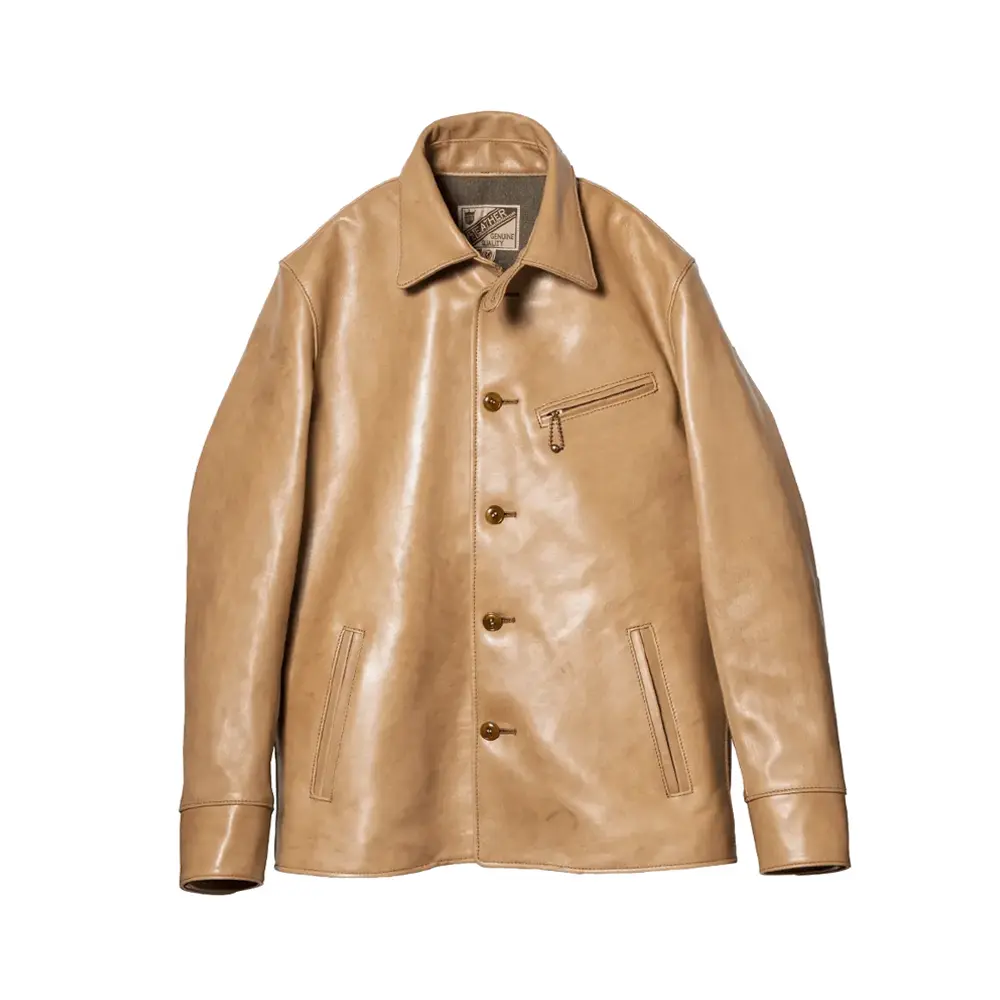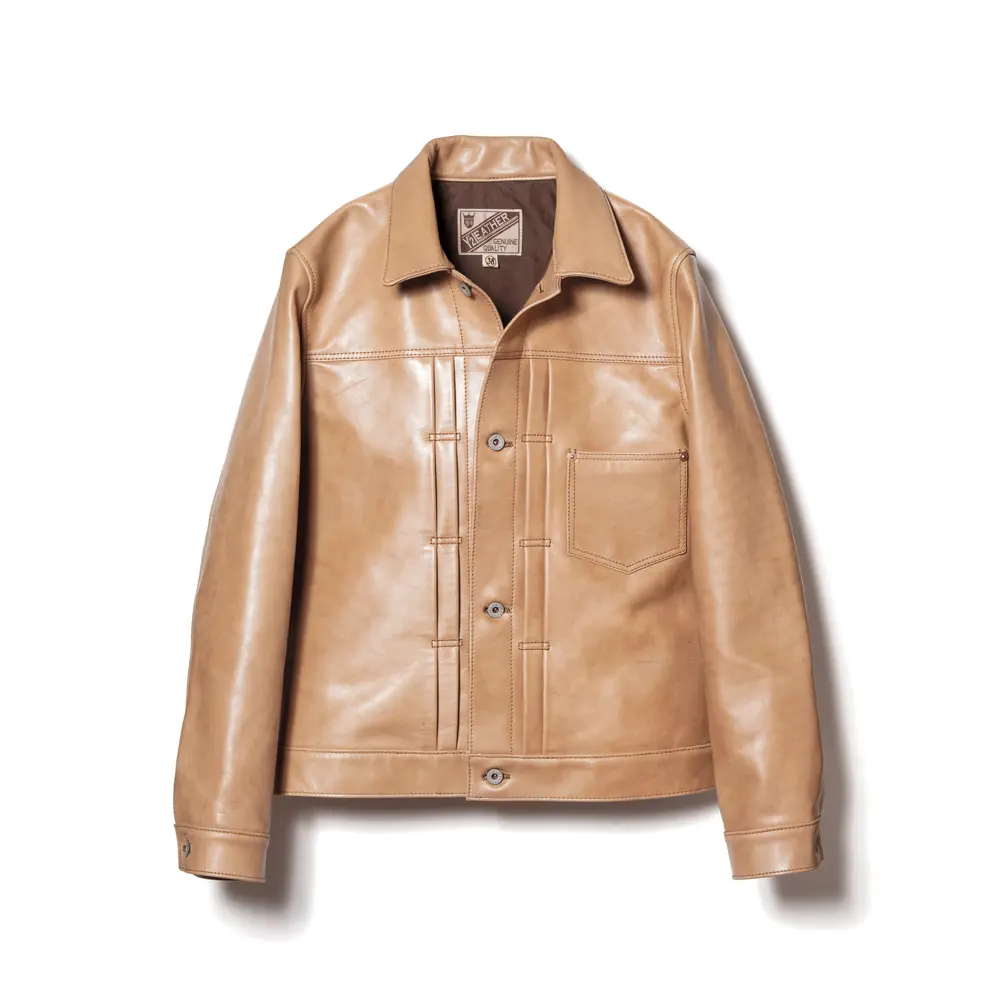2022.11.22
KAKISHIBU HORSE Wearing Aging
Kakishibu (persimmon tannin) is extremely difficult to dye on leather.
We have succeeded in dyeing horsehide, which is Y2's main material.
This is a natural material that uses only persimmon tannin dye, without any pigments.
Because it is a natural dye, it is a material that is less burdensome to the environment.
After full-vegetable tanning, the leather is dyed with persimmon tannin, which brings out the scratches and scuffs on the original leather.
The scratches and scuffs are almost invisible when pigment is used, but the original feel and texture of the leather is diminished.
Such scratches and scuffs cannot be hidden and may be included in the product.
*We do not accept returns or cancellations due to flaws or other reasons.
Please check the product carefully before purchase.
The material is sensitive to ultraviolet rays. Please be careful with fluorescent lights when storing the product.
(We recommend storing the garments in the garments provided at the time of purchase.)
Scratches and scuffs will show up on this material, but by adding persimmon tannin dye, it will age differently from saddle horses.
Furthermore, we use a brush to apply the persimmon tannin dye again at the end of the process, which is called "twice-dyeing".
This process increases the concentration of persimmon tannin in the leather.
The first photo shows a brand new, unworn one. It is a little darker than Saddle Horse, so you can wear it without warming it up at home.
The second photo is a sample worn for about two months without any oiling up.
It has darkened nicely.
The third photo is a comparison of the three-month-worn and new-worn samples. The one in the foreground has been worn for 3 months, but it will continue to darken.
The fourth photo is a photo of the aging from Tj, the owner of The Shop Vancouver, a dealer in Canada.
It has aged wonderfully.
The lighter color makes it easier to get stains and dirt than the darker color, but I don't think you have to be too nervous about it.
Personally, I think it is also a taste.
Kakishibu dye is very expensive and very difficult to handle.
We always clean the dyeing process because it is impossible for impurities to get mixed in, but when dyeing with persimmon tannin, we clean the dye even more than usual and have it processed so that there are no impurities at all.
We are grateful to the tanner for listening to and expressing our unreasonable demands from development to sample preparation and mass production.
We are very grateful to the tanner, who listened to our requests from development to sample preparation and mass production, and expressed them.
Kakishibu hose. It is a very fun material.
I would like you to see this material in person.

